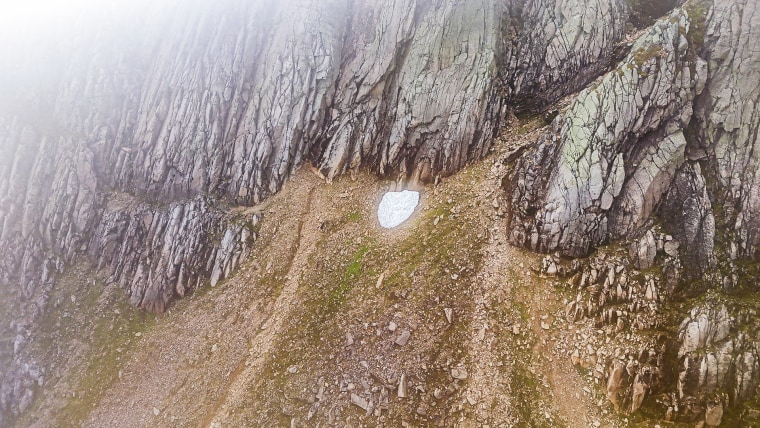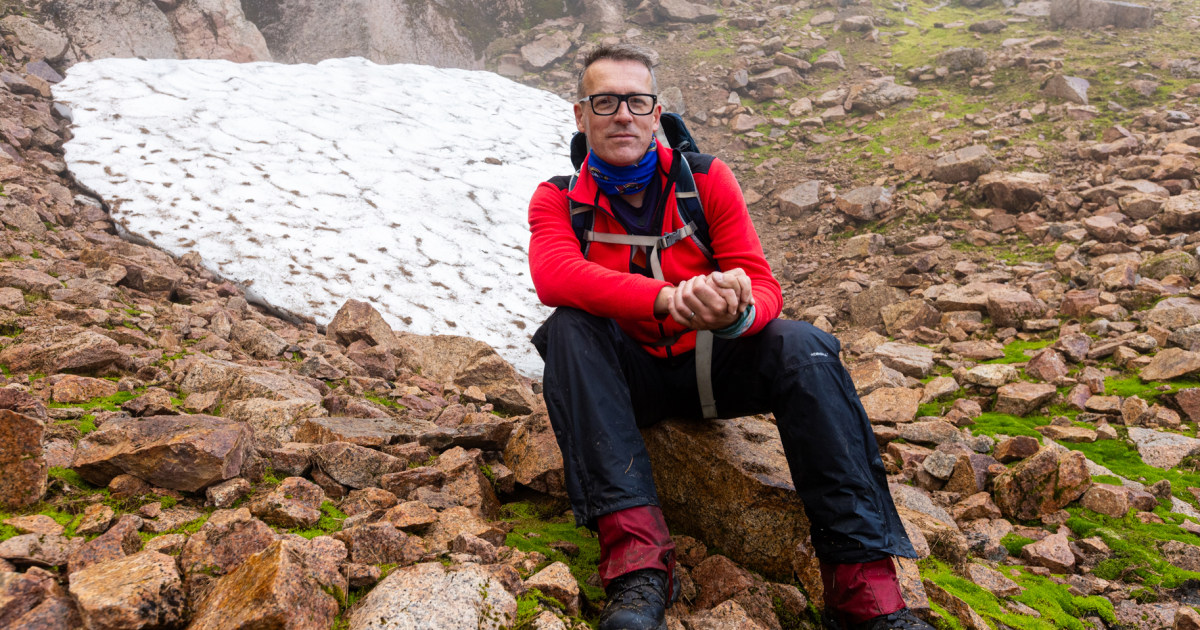The Summary
- A patch of snow in Scotland known for lingering year-round has melted for the fourth consecutive year.
- It’s just the 10th time in more than three centuries that it has vanished.
- Such snow patches can act as harbingers of the broader consequences of climate change.
A patch of snow in the Scottish Highlands dubbed the Sphinx typically lingers year-round, staying frozen through the summer. But it has melted away for the fourth consecutive year — only the 10th time in more than three centuries that has happened.
The Sphinx, which adorns the side of Braeriach, the third-highest mountain in Great Britain, was historically considered the United Kingdom’s longest-lasting snow patch because it was known for sticking around even after most snow and ice vanished every year in Scotland’s Cairngorms mountain range.
In September, however, the patch melted entirely, as it has every year since 2021. In the 20th century, by comparison, the Sphinx vanished just three times.
Such snow patches tend to be sensitive to small fluctuations in temperatures, experts say, so they can act as harbingers of the broader consequences of climate change. The melting of the Sphinx, then, offers clues about how climate change is affecting the Scottish Highlands — and by extension the rest of the country and the world.
“The Sphinx melting for four years in a row now is a good indicator of these changes,” said Grant Moir, CEO of the Cairngorms National Park Authority. “Climate change was always relatively high up on the agenda for us as a national park, and we’re seeing impacts on the Highlands more and more. You get an idea from the Sphinx of the changes that are happening to our climate.”
In addition to snowmelt, Moir said, the Highlands are experiencing more frequent storms and floods, interspersed with longer periods of dry weather that increase the risk of wildfires.
Shifts in snow cover across the Highlands have consequences for the mountain ecosystems, since they alter the natural hydrological cycle in which snow gradually melts from mountains and flows into streams.
“There are big impacts on things like salmon spawning grounds and on the river overall,” Moir said. “We’ve got to mitigate some of these impacts, and we’ve got to see what we can do differently to adapt to these changing patterns.”
The Cairngorms park is also home to some of the U.K.’s endangered species, he added.
The ripple effects extend beyond the natural environment. Around 18,000 people live in the national park, and roughly 2 million visit every year, Moir said. But severe storms and floods can displace residents, cause millions of pounds in damage and disrupt valuable tourism in the region, he said.
“It’s always been about trying to get that the right balance, to make sure that nature and people can thrive in the national park,” Moir said. “What we’re trying to do is to make sure we invest in things that are good for nature, good for biodiversity and good for people, as well.”

Climate Centre
Iain Cameron, author of “The Vanishing Ice: Diaries of a Scottish Snow Hunter,” has spent more than 25 years studying snow across Scotland’s hills and mountains. Every year, he publishes his findings on the region’s snow cover in the Royal Meteorological Society’s annual report.
Last year, Cameron wrote that the fate of the Sphinx was a tale with “little prospect of a happy ending.”
“There can be little doubt that we are witnessing a shift in language used to describe patches of snow in Scotland,” he wrote. “In days gone by the adjective that best described The Sphinx was ‘permanent’, but that had to change to ‘semi-permanent’, then to ‘perennial’ and then ‘semi-perennial’. But even this descriptor will not be able to withstand the pressure put on it by continual disappearance. We are now looking at an epoch where patches of snow are possibly going to be only occasional survivors.”






